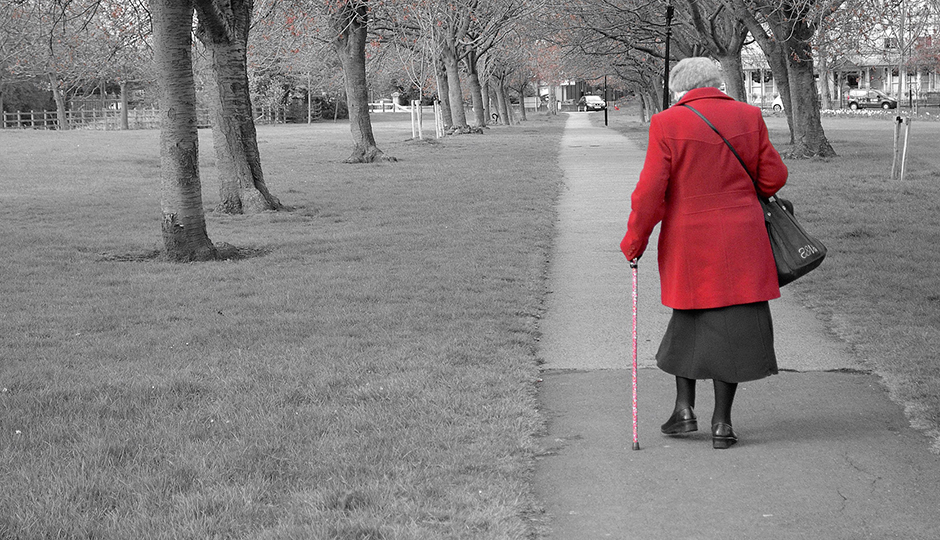It is not always easy for seniors to get around, especially in certain neighbourhoods outside of downtown Montreal whose urban design is not conducive to walking.
Roads seen as unattractive and unsafe for pedestrians reduce the mobility of the elderly.
This is one of the conclusions that emerged from the work of Paula Negron-Poblete, a researcher in the Faculty of Planning at Université de Montréal. From 2012 to 2016, she conducted a study involving 42 seniors in Dollard-des-Ormeaux, Pointe-Claire, Montréal-Nord and Pointe-aux-Trembles. Little research had previously been carried out on this topic.
The researcher observed a dichotomy between the daily mobility of seniors—which is largely focused on local accessibility by foot—and land-use planning in favour of motorized vehicles, which is designed to promote mobility within a region. The many parking lots, major arteries and commercial areas are barriers to walking. These urban elements render the adoption of solutions used in downtown neighbourhoods, such as curb extensions and longer intersection crossing times, insufficient to significantly improve the situation.
Paula Negron-Poblete notes a clear divide between the west and east of the Island of Montreal. In Montréal-Nord and Pointe-aux-Trembles, roads seen as unattractive and unsafe for pedestrians reduce the mobility of the elderly. As a result, seniors walk mainly for utilitarian purposes, and very little for recreation. In Dollard-des-Ormeaux and Pointe-Claire, the environment is more conducive to walking, and the elderly walk more often for pleasure or exercise.
These finding were presented at the General Assembly of the Table de concertation des aînés and have been the subject of several conferences which have led to articles in national newspapers and regional weeklies. The Est-de-l’Île-de-Montréal integrated university health and social services centre (CIUSSS) has also taken a close interest in the findings, which can be used to adjust the resources offered to seniors and to help guide urban planning.




